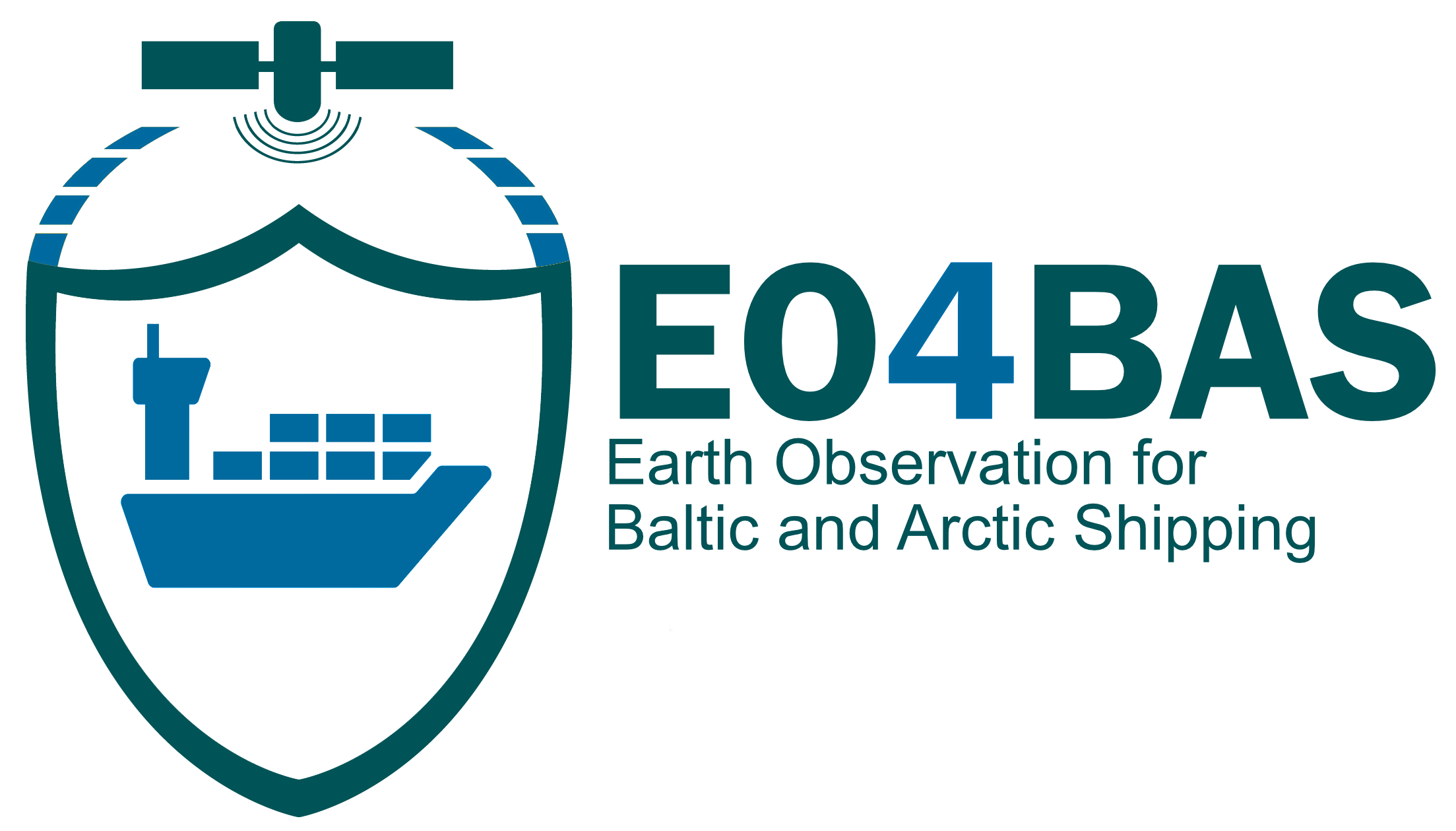(True colour image (from UCL) of an algal bloom spreading in the Baltic Sea on 27 July 2008 derived from MERIS (left), and Chlorophyll-a fluorescence image of phytoplankton retrieved using the BEAM FLH algorithm (right))
Product Description
An algal bloom, also known as an algae bloom, occurs when there is a rapid increase or accumulation in the population of algae within marine water systems. These blooms are often recognizable by the distinct discoloration of the water caused by the pigments produced by the algae. An example of a macroscopic algal bloom is the majestic kelp forest. Algal blooming is relevant for
- Water Quality and Navigation: Algal blooms can reduce water clarity due to the increased presence of algae and other suspended particles. This reduced visibility affects navigation for ships, especially in coastal areas and harbours. Shipping vessels rely on clear water to safely navigate, avoiding collisions with other ships, underwater obstacles, or shallow areas.
- Biofouling: Algal blooms contribute to biofouling, where algae and other organisms attach to the hulls of ships. Biofouling can increase drag, reduce fuel efficiency, and impact vessel performance. It also facilitates the transport of invasive species across different regions.
- Harmful Algal Blooms (HABs): Some algal blooms produce toxins harmful to marine life and humans. These are known as HABs. HABs can lead to fish kills, affecting local fisheries and disrupting the food chain. Shipping vessels may inadvertently transport toxic algae or their spores to new areas, exacerbating HABs.
- Ballast Water Exchange: Ships use ballast water to maintain stability during voyages. However, this water often contains algae and other organisms. To prevent the spread of invasive species, international regulations require ships to exchange ballast water in open seas. Proper ballast water management is crucial to prevent the unintentional transfer of algal species.
Product Specifications
BUSINESS PROCESS | SCE, ELD |
DESCRIPTION | Algae blooming is a rapid increase or accumulation in the population of algae within marine water systems. |
EO INFORMATION OF INTEREST | Chlorophyll-a concentration, a pigment found in algae and phytoplankton. Changes in chlorophyll concentration can indicate the presence of harmful algal blooms. |
MAIN PROCESS STEPS | Correct for sensor-specific biases, atmospheric effects, and sensor gain/offset. Rectify geometric distortions due to Earth’s curvature and sensor viewing angles. Remove cloudy or obstructed pixels. Identify the spectral bands sensitive to chlorophyll fluorescence (e.g., red and far-red wavelengths) |
INPUT DATA SOURCE | Passive sensors, such as Modis-Aqua, NPP-VIIRS and NOAA20 -VIIRS and Senitnel-3 OLCI A and B. Sentinel-2 A & B MSI are used for high resolution products. In situ measurements used for assimilation/validation |
SPATIAL RESOLUTION AND COVERAGE | Artic and Baltic at 300m – 1 km |
ACCURACY / CONSTRAINS | Varying depending on sensors and locations |
TEMPORAL RESOLUTION/ | Daily, Monthly |
UPDATE FREQUENCY | Arctic and Baltic: 1- 3 days |
DELIVERY / OUTPUT FORMAT | NetCDF-3 |
ACCESSIBILITY | Copernicus Ocean Service |
LIMITATIONS | Cloud cover |

